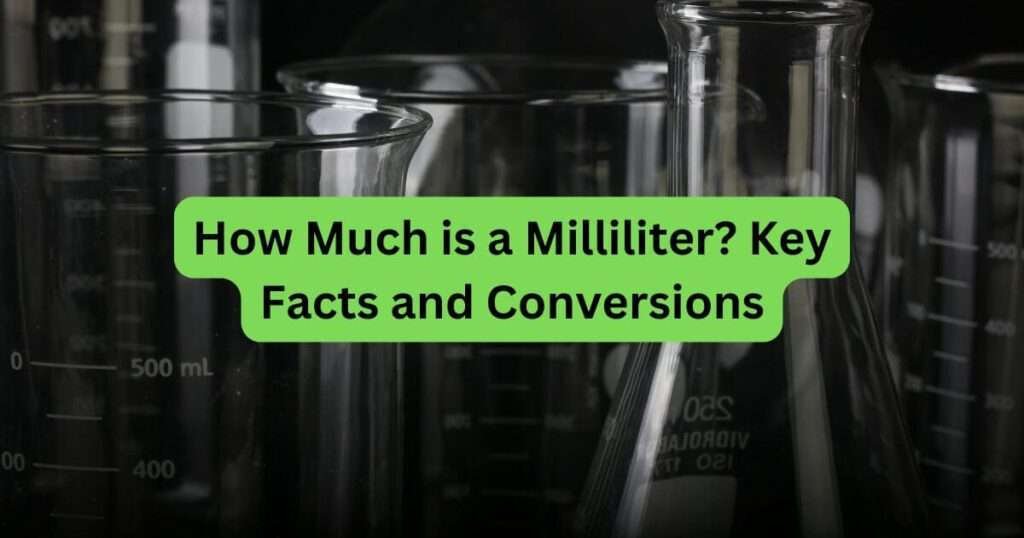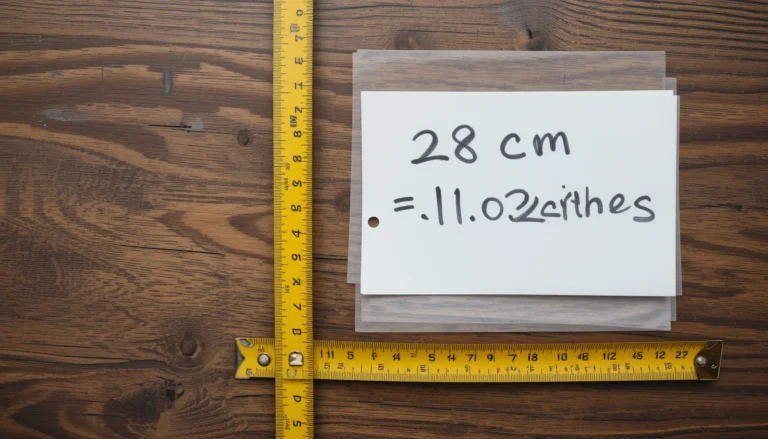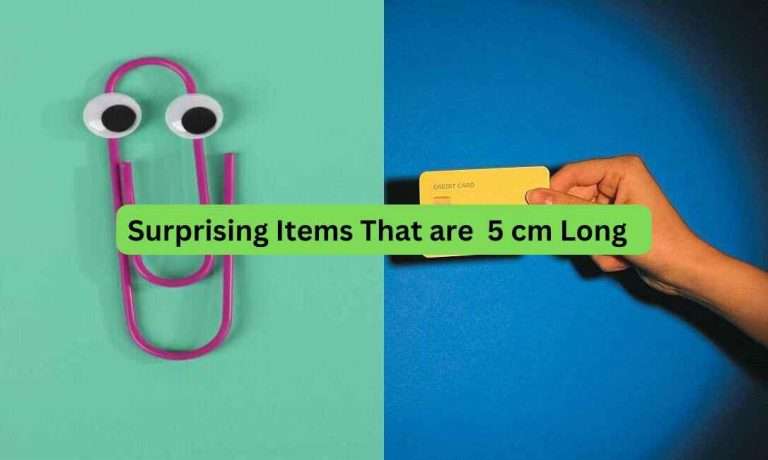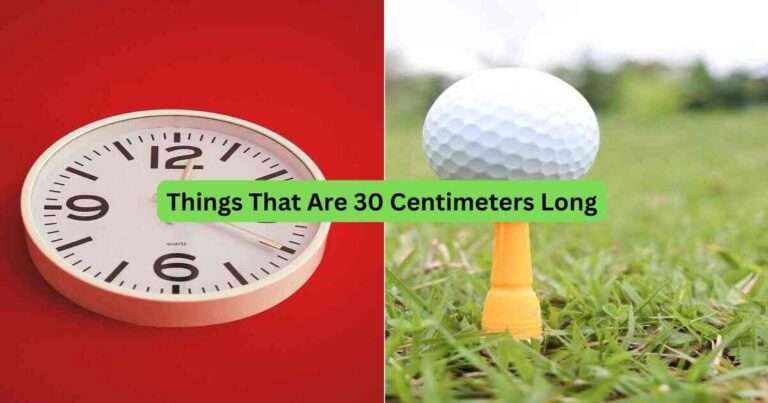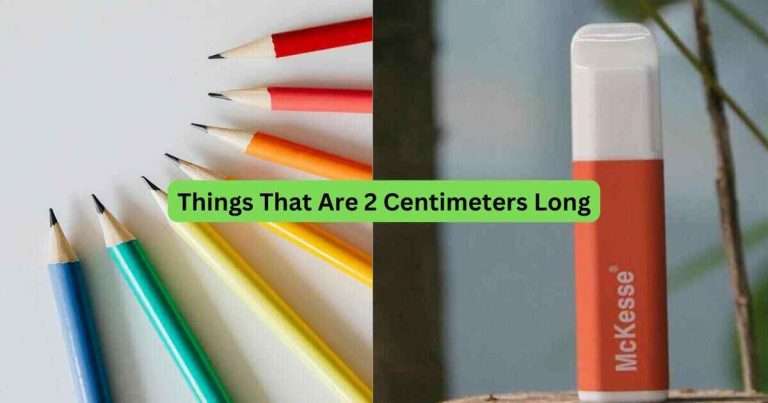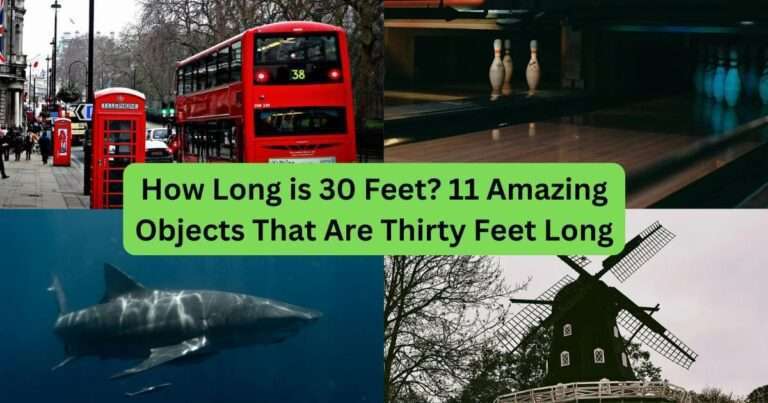A milliliter (ml or mL) is a unit of volume in the metric system, representing one-thousandth of a liter. It’s a tiny measurement often used in recipes or when precise quantities matter. To put it into perspective, 1 milliliter equals exactly 1 cubic centimeter. While small, this amount can play a significant role in both everyday cooking and scientific calculations.
In practical terms, a milliliter is about .004 of a cup in the imperial system. If a recipe calls for cups but you only have metric measuring spoons, a conversion table can help you adjust quantities to get the right measurements. Knowing this is especially handy when working with small amounts that demand accuracy.
What Is a Milliliter?
A milliliter, often abbreviated as ml, mL, or even mℓ, is a smaller unit in the metric system that represents volume or capacity. It’s commonly used to measure liquids or smaller quantities, making it especially useful in fields like medicine, science, and cooking. A milliliter is precisely one-thousandth of a liter (10⁻³) and can also be expressed as 1 cubic centimeter (cc). For reference, 1 liter contains 1,000 milliliters, meaning the volume of 1 liter is the same as 1,000 mL.
In practical terms, a milliliter is a very small amount. In the imperial system, it’s equivalent to about .004 of a cup, .002 of a pint, .001 of a quart, or .00026 of a gallon. Its versatility makes it essential for measuring everything from medical dosages and engine displacements to small recipe quantities, where precise measurements are key.
What Is the Difference Between the Metric and Imperial System?
The metric system is the most widely used system of measurement around the world, adopted by nearly every country except the United States, Myanmar, and Liberia. It is based on units like meters, kilograms, and liters, making conversions straightforward, as each unit is based on powers of 10. For example, 1 liter equals 1,000 milliliters, and 1 kilogram equals 1,000 grams. This system is particularly useful for scientific measurements and international trade.
In contrast, the imperial system, also known as the British Imperial System, was once used in Great Britain and other parts of the British Empire. It has been mostly replaced, with the system officially abolished in 1965. The imperial system is still used today in the U.S. for measuring weights, volumes, and other quantities. Common units in the imperial system include pounds, ounces, and gallons. Converting between imperial units can be trickier, especially in cooking and baking, where conversions for ingredients like weight and volume can require extra attention.
Uses of a Milliliter
Milliliters are widely used to measure small amounts of liquids, making them a practical unit across the world. Although the US primarily relies on imperial measurements, the milliliter remains essential in specialized fields like medicine and mechanics. For example, it’s used to calculate precise medical dosages or determine engine oil capacities.
Additionally, milliliters are a core unit in volume calculators, helping to measure and convert liquid quantities accurately. Their ability to represent small amounts ensures they play a vital role in scenarios requiring precision, from scientific experiments to everyday applications.
How Much is a Milliliter? Or 1L is Equal to How Much mL?
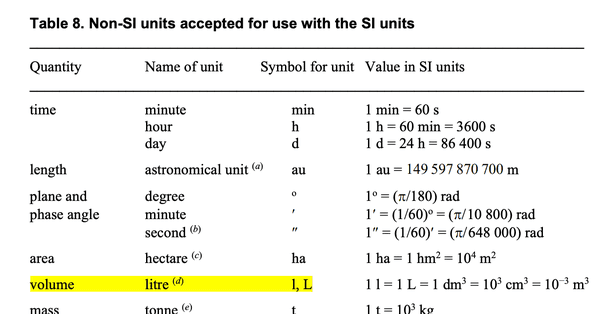
One milliliter is equal to one cubic centimeter, or 1/1,000 of a liter, or about 0.06 cubic inch.
A milliliter (ml) is one-thousandth of a liter, derived from the Latin word mille, meaning thousand. This means that 1 liter (L or l) is equal to 1000 milliliters (mL or ml). In other words, 1 L = 1000 mL.
This relationship is important in both the metric system and everyday use, whether you’re measuring liquids, cooking, or converting between units. So, whenever you see 1 liter, you can easily convert it to 1000 milliliters.
How to Convert Milliliters?
To convert milliliters to another unit of volume, you need to multiply the value in milliliters by the appropriate conversion factor. This change in units depends on the desired measurement, such as liters, cups, or fluid ounces. A conversion table or calculator can help simplify the process by providing the equivalent values for each unit.
For example, if you want to convert milliliters to liters, you would multiply the number of milliliters by 0.001 (since 1 milliliter equals 0.001 liters). Using a volume calculator or online converter can quickly give you the result without needing to manually calculate each conversion factor.
How Many Milliliters in a Cup?
The number of milliliters in a cup depends on the type of cup being used. In the U.S., the legal or customary cup is typically 240 milliliters, while a U.S. cup is more precisely 236.59 milliliters. On the other hand, the imperial cup, used in countries like the UK, contains 284.13 milliliters.
In the metric system, the standard cup is often rounded to 250 milliliters. Knowing these differences is important for accurate measurements in cooking and baking, as using the wrong type of cup can affect the outcome of a recipe.
How Many Milliliters in a Half Cup?
The number of milliliters in a half cup varies depending on the cup standard being used. For the legal U.S. cup, half is 120 milliliters, while for the customary U.S. cup, it’s 118.3 milliliters. In the imperial system, half of a cup equals 142.07 milliliters.
In the metric system, half a cup is typically 125 milliliters. These differences are important to consider when following recipes to ensure accurate measurements, especially when using different cup types.
How Many Milliliters in a Third Cup?
The number of milliliters in a third of a cup depends on the cup standard used. For the legal U.S. cup, a third is approximately 80 milliliters, while for the customary U.S. cup, it’s 78.86 milliliters. In the imperial system, a third of a cup equals 94.71 milliliters.
In the metric system, a third of a cup is about 83.33 milliliters. These variations are important to know when converting measurements in recipes, ensuring accuracy no matter the cup type.
How Many Milliliters in a Quarter Cup?
The milliliters in a quarter cup can vary depending on the system used. For the legal U.S. cup, a quarter is 60 milliliters, while for the customary U.S. cup, it’s slightly less at 59.15 milliliters. In the imperial system, a quarter cup equals 71.03 milliliters.
In the metric system, a quarter cup is typically 62.5 milliliters. These differences can be crucial when measuring ingredients, so it’s important to know which cup measurement you’re working with.
How Many Milliliters in an 8 oz Cup?
An 8 U.S. fluid ounce cup is equivalent to 236.59 milliliters. This is a standard conversion used in cooking and beverage measurements when working with U.S. fluid ounces.
Why One Cup Doesn’t Always Equal One Cup
One cup doesn’t always equal one cup because different systems and standards are used to measure volume. In the U.S., the legal cup used for nutritional labeling and cooking is defined as 240 milliliters (about 8.45 U.S. fluid ounces). However, the customary U.S. cup is slightly smaller at 236.59 milliliters (8 U.S. fluid ounces).
The imperial cup, used in countries like the UK, is about 284.13 milliliters, or 10 imperial fluid ounces, making it noticeably larger than the U.S. versions. Even within the metric system, the metric cup is often considered slightly larger at 250 milliliters. These small differences can have a significant impact on measurements, especially in large quantities, so it’s essential to know which cup measurement you are using, whether it’s legal, customary, or imperial, and refer to a conversion chart when needed.
The Milliliter: Facts and Figures
- Relationship Between Milliliter and Cubic Centimeter
One milliliter (ml) is equivalent to one cubic centimeter (cm³). This is because both milliliters and cubic centimeters measure volume and are directly related in the metric system. Therefore, 1 ml = 1 cm³. - Weight of 1 ml of Water
The weight of 1 liter (l) of water is 1 kilogram (kg). Since 1 kg is 1000 grams (g), and 1 liter is 1000 milliliters, 1 milliliter of water weighs 1 gram. So, 1 ml of water = 1 g. - Conversions for Teaspoons and Tablespoons
One US teaspoon is approximately 4.92 ml, and one US tablespoon is about 14.78 ml. These measurements are useful when converting liquid volumes in cooking or recipes. - Drops in a Milliliter
There are approximately 20 drops of water in 1 milliliter. This can vary slightly depending on the liquid’s viscosity, but 20 drops per ml is a standard estimate.
Conclusion
In conclusion, milliliters are a crucial unit of measurement used worldwide, particularly in cooking, science, and medicine. From understanding the relationship between milliliters and cubic centimeters to knowing the weight of 1 ml of water, these facts help ensure accurate measurements in various applications. Whether you’re converting teaspoons, tablespoons, or drops, knowing these essential conversions makes it easier to work with liquids and quantities, whether in the kitchen or beyond. Always keep a conversion chart handy to make the most of milliliters and other measurement units, ensuring precise results every time.
Frequently Asked Questions
1. How do you convert milliliters to liters?
To convert milliliters (ml) to liters (l), divide the number of milliliters by 1,000. For example, 500 milliliters equals 0.5 liters (500 ÷ 1000 = 0.5).
2. Can milliliters be used to measure solids?
Milliliters measure volume, so they are typically used for liquids. However, milliliters can also measure the volume of solids if they fit into a container that can hold liquid, like when measuring flour or sugar in a cup.
3. What is the difference between a milliliter and a milligram?
A milliliter (ml) measures volume, while a milligram (mg) measures mass. The two units are related when dealing with water, as 1 ml of water weighs approximately 1 mg. However, this equivalence does not apply to other substances, as their densities vary.
4. How many milliliters in a pint?
In the U.S. system, 1 pint equals 473.176 milliliters. However, in the imperial system, 1 pint is 568.261 milliliters.
5. How do you calculate milliliters in a recipe?
To convert measurements in a recipe, use a conversion chart or volume calculator. For example, if the recipe calls for 1/4 cup and you’re using milliliters, simply multiply the number of cups by 240 milliliters (for a U.S. cup). So, 1/4 cup equals 60 milliliters.
6. Are there any differences in milliliter measurements across countries?
Yes, different countries may use varying systems for measuring milliliters. The U.S. uses the customary system, while other countries use the metric system, which may slightly differ in terms of how ingredients and liquids are measured. Always check the specific system in use to avoid conversion errors.
7. How can I measure 1 milliliter without a syringe?
If you don’t have a syringe or dropper, you can use common kitchen tools. For example, 1 milliliter is roughly the size of 1 drop of water from a standard dropper. You can also use teaspoons (1 teaspoon = 4.92 milliliters) or tablespoons to estimate smaller amounts.

